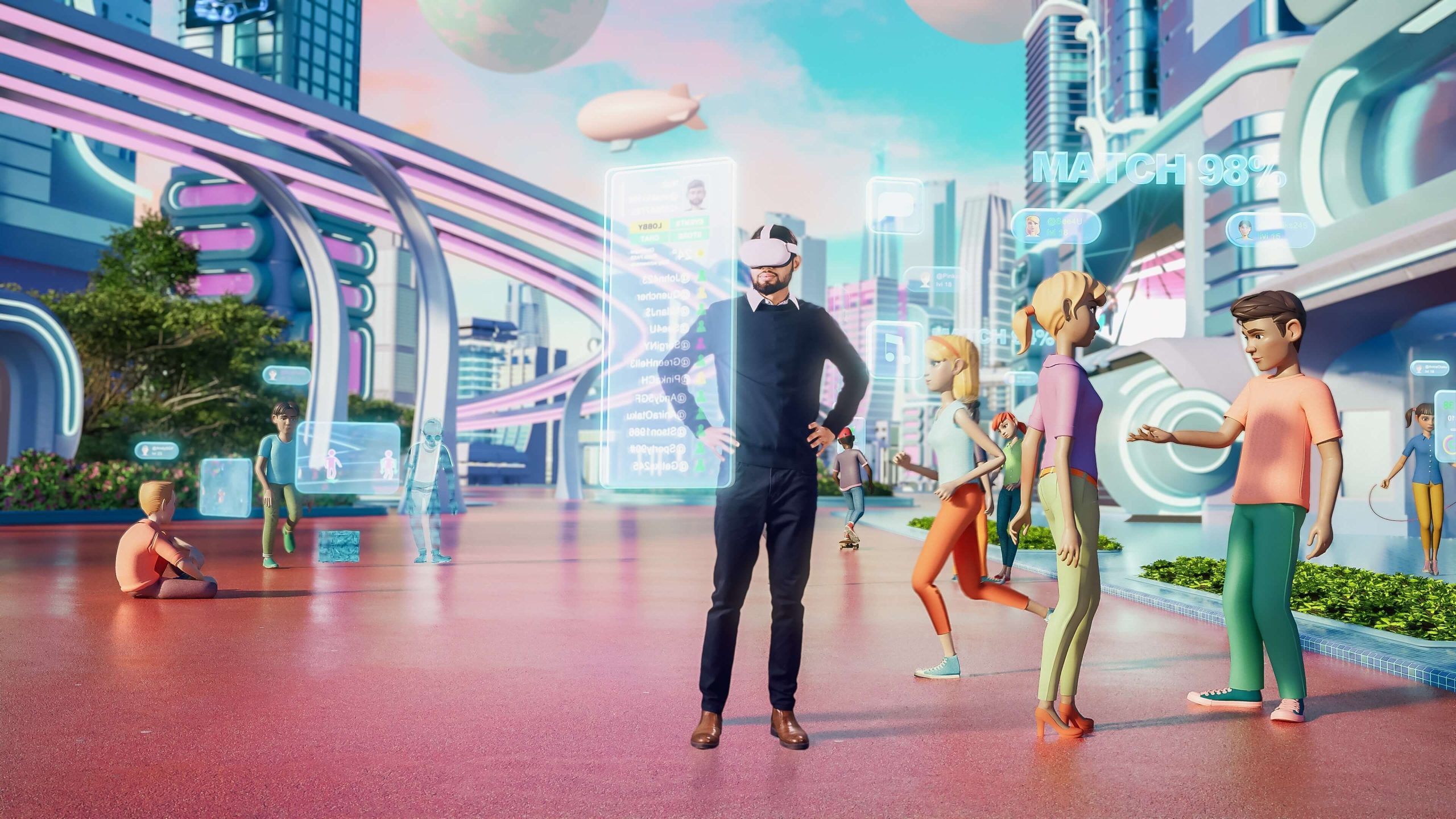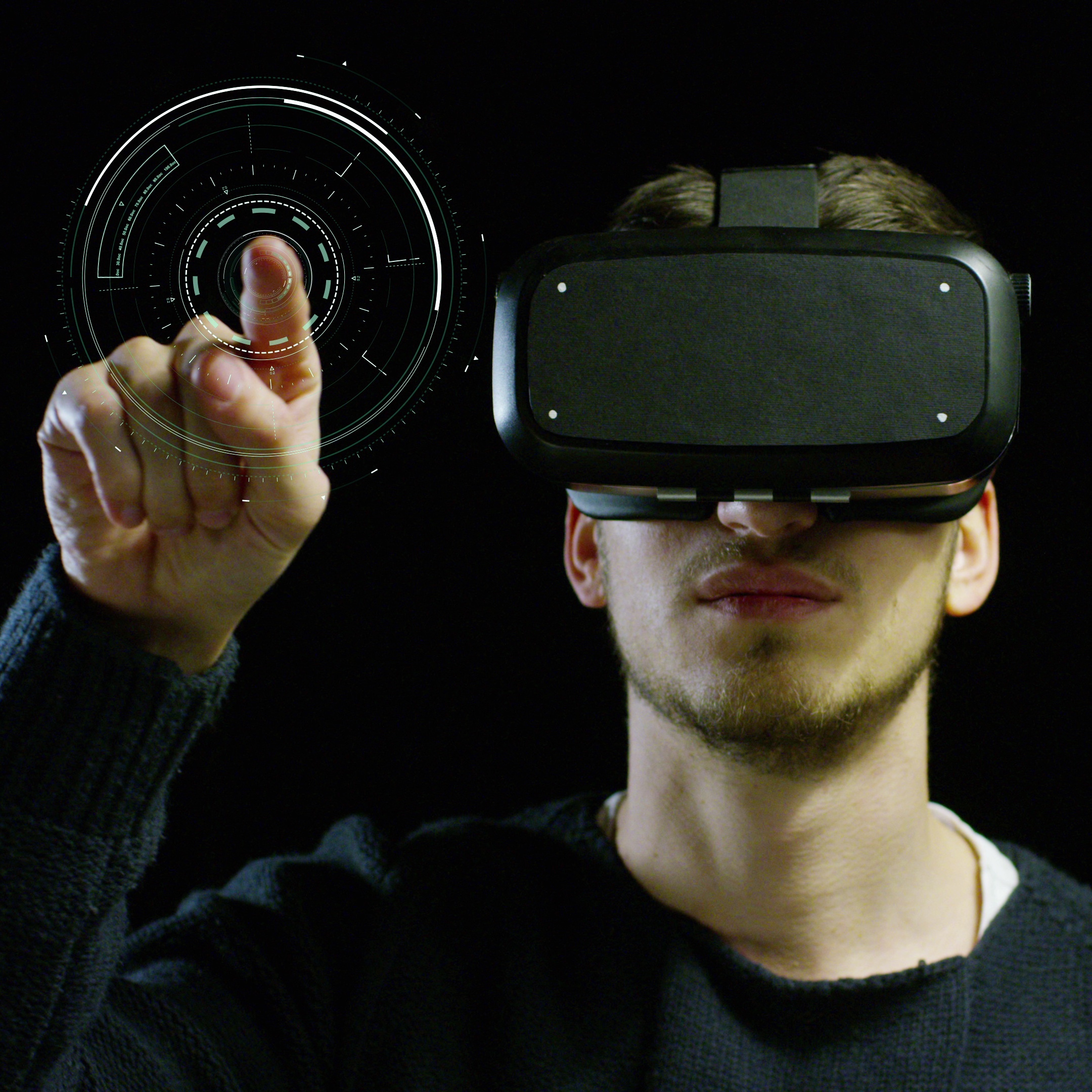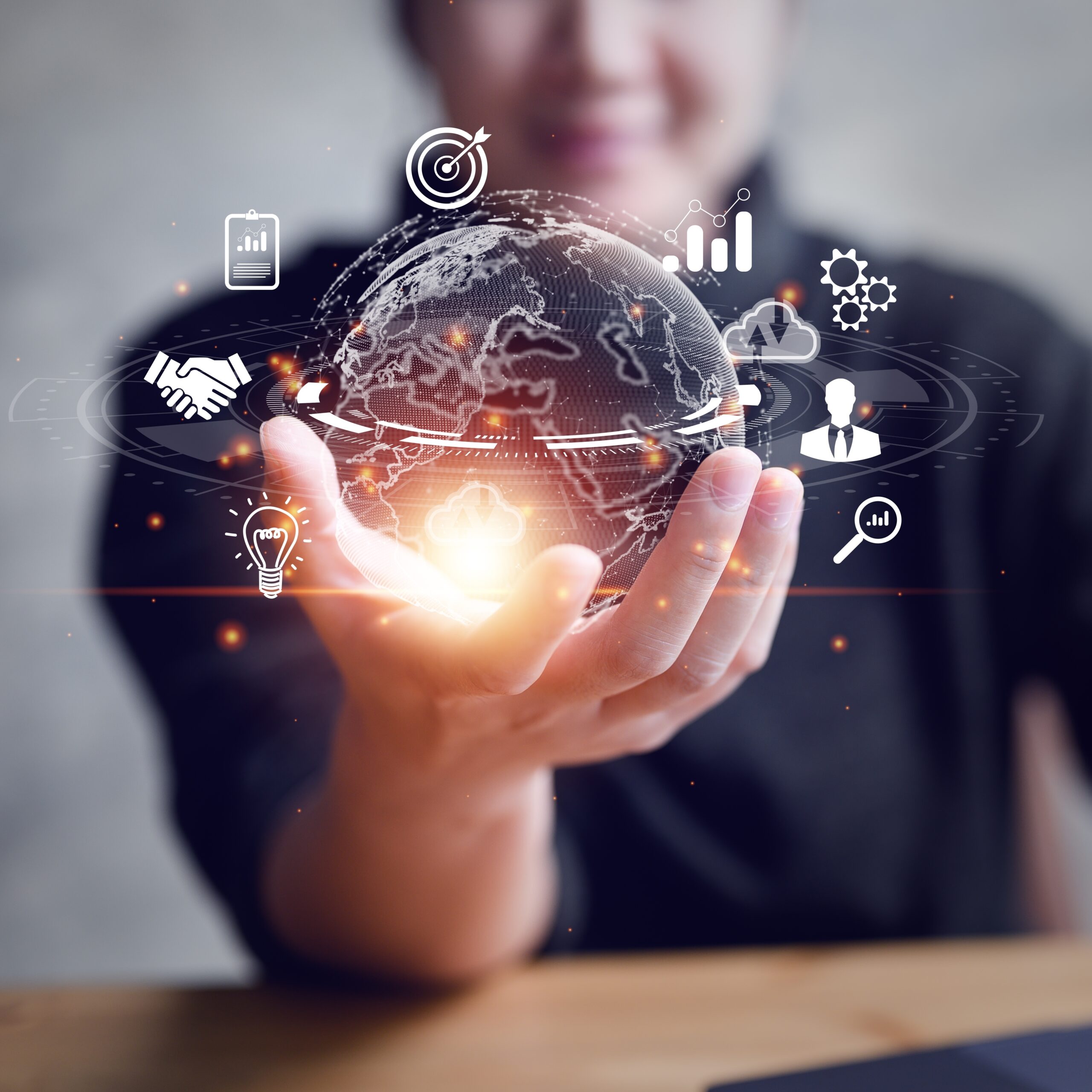Top 10 XR applications across 6 key industries
Coca Cola. Pepsi. Hugo Boss. Ralph Lauren. Burberry. Etsy. Tata Steel. Bharat Petroleum. India’s Ministry of Petroleum and National Gas.
What do they all have in common?
Well, they’ve all used XR to drive impact, forge connections, and underscore a forward-thinking attitude.
They are just a few of the many brands that are leveraging XR’s capabilities to enable remote experiences and elevate in-person experiences.
XR—the umbrella term for AR, VR, MR, and everything in between—is becoming immensely popular in a variety of use cases, sectors, and contexts. The global XR market—beyond the brand promotion applications we’ve described above—is estimated at USD 105.58 billion in 2024, and is expected to reach USD 472.39 billion by 2029, growing at a CAGR of 34.94% during the forecast period (2024-2029).
In this blog, we trawl the top XR applications and discover how brands have put XR to work in exemplary ways.
Top XR applications that brands can look at for inspiration and ideas
Sales and marketing
- 1. Advertisements, launches, and announcements
With the right XR tech, you can improve how potential customers respond to your brand, and potentially boost brand awareness, brand recall, and sales. This is because AR experiences can be almost twice as effective as traditional mediums in achieving memory encoding, engagement, attention, and emotional intensity, according to research by Neuro-Insight.
Top brands are already making headlines with XR-based launch events. For example, Pepsi launched its new logo in London using a form of projection mapping. A giant Pepsi can “rose from the ocean” according to spectators and was then animated using lights and sound cast onto the can. The goal was to harness technology to make headlines. Pepsi officials shared that they intended to “create a global Pepsi moment, leveraging innovative technology to elevate the brand experience.”
Similarly, Hugo Boss beamed a 10-feet hologram of supermodel Gisele Bündchen to launch its Spring 2024 collection before the London Tower Bridge. Here too, the idea was to grab attention by transforming a launch announcement using XR. Nadia Kokni, senior vice president of global marketing and brand communications at Hugo Boss, said: “Innovation has a prominent role in our strategy to achieve consumer impact at scale and create something intriguing”.
- 2. On-site customer engagement
XR can also deepen product interactions at stores, corporate headquarters, brand museums, and customer-facing events. Or simply drive memorability and impact. Ralph Lauren’s 4D holographic fashion show at Central Park is an excellent example of this top XR application being utilized to grab attention, create impact, and underscore future readiness, or in this case, fashion-forwardness.
Another good example stands proud at TCL’s Cybersecurity Experience Center. [1] The company makes a compelling case for its abilities with an immersive exhibit featuring an interactive table, 3D objects, and a floor-to-ceiling screen created by us at magineu. This setup provides two interactive installations: visitors can either navigate content via the interactive table or engage with 3D objects on the table to trigger on-screen menus and select their viewing choices. The objects and interactive table menu pertain to various brand stories, allowing them to flex their cybersecurity muscle to visit prospects.
Branding and customer experience
- 3. Product demo and trial
XR allows brands to make product information immersive and visual. It allows brands to draw focus to unique selling points (and let customers even experience them to some extent). Better still, it allows brands to showcase and explain unseen internal features of products. For complex B2B products and solutions, XR enables brands to demonstrate complex capabilities and flows.
Several retail brands have already begun using this XR application. Nike acquired a tech that would allow customers to try shoes on remotely. The tech analyzes the potential buyer’s foot using 3D imaging and helps them acquire the perfect fit without necessarily visiting a Nike store. Overlaid info also guides the buyer through the shoe selection.
Meanwhile, a company called Perfect Corp has developed technology to allow customers to try on makeup virtually, enabling shoppers to purchase makeup online and still get the right color match. According to Perfect Corp, their AR technology supports thousands of makeup products and provides accurate analysis for all skin tones, and also enables virtual accessory trials. “Perfect Corp.’s AR solution measures pupil distance so that customers get the correct glasses frame size both online and in person. The technology also shows accessories, including earrings, from every angle, so consumers can see their texture, color, positioning, and more,” the company says on its website.
- 4. Store planning
Store planning has a lot more complexity than meets the eye—it’s not just about categorization, but also about human behavior. This application of XR can enable brands to improve store and shelf layout, as well as categorization based on realistic, actionable insights. XR-assisted layout planning allows store planners to simulate and try out various layouts at a substantially lower cost (and with no business interruption) than physical planning (and re-planning).
- 5. Product guides
Very few people can say they’ve been able to follow every user manual they’ve had to use. For a lot of people, watching how to use any product would be far easier than having to follow instructions in a user manual. This is an XR application that most customers are likely to applaud. AR manuals solve this gap with immersive instructions that cover assembly, installation, or startup and troubleshooting.
Here are some videos of AR-based manuals in action:
- 6. XR-assisted customer service
It’s not just AR manuals. AR-enabled customer support is also an excellent area for the application of XR tech. In this use case, AR-enabled customer support tackles customer difficulties and challenges with a “show, don’t tell” approach.
Microsoft announced in 2021 that it intends to combine XR and DevOps to create a tele-service platform that will enable companies to provide smart visual services to customers. When launched, it will allow the customer and a subject matter expert to interact using AR smart glasses, allowing the expert to view what the customer is struggling with, and enable live, complete resolution.[KD2] [GU3] Other such applications of XR can help unlock a whole new level of customer service and retention.
Human Resources
- 7. Onboarding
A Glassdoor study revealed that “a strong onboarding process improved new hire retention by 82%”. Pointing to a great opportunity for the application of XR tech.
Accenture, for instance, has elevated its onboarding process using its enterprise metaverse, Nth floor. The company describes it as a “virtual environment created to bring Accenture people together to meet, collaborate and learn. Whether hosting meetings or socializing, the metaverse is a versatile, scalable solution for bringing a geographically distributed workforce together.”
In addition, Accenture has created digital twins of many of its physical offices, from Bangalore in India to Madrid in Spain and San Francisco in the United States, to provide familiar environments for its people to meet, collaborate, and network.
Accenture states with pride that “There is also a virtual campus called One Accenture Park solely for new employees to connect with the culture and teams. In 2022, 150,000 new hires worked from the metaverse on their first day at Accenture. Learning and collaboration are boosted by the Nth Floor via virtual events, presentations, gatherings, and gamified training experiences.”
Check out a video of Accenture’s metaverse office here:
- 8. Training
Earlier in this blog, we talked about how AR is twice as effective as traditional mediums in achieving memory encoding, engagement, attention, and emotional intensity. This is true for all forms of XR and is one of the most popular, widely used applications of XR today. At Mercedes Benz, for example, service technicians tried out the HoloLens 2 headset to visualize complex 3D models and receive immediate guidance from remote experts. This setup not only expedited the diagnostic and repair processes but also enabled immediate training and support, thus improving service quality and customer satisfaction. The technology also permitted immersive, mixed-reality experiences in which technicians could interact with digital overlays of vehicle components while accessing remote assistance.
Thanks to this XR application, technicians drastically cut down the time required to resolve issues—from days to 10 minutes.
Travel and Entertainment
- 9. XR broadcasts/streaming and events
XR allows viewers to immerse themselves in events remotely. Moreover, with 360-degree videos and XR applications, remote participants can engage with events as if they were physically present at the venue. They can also drive excitement and novelty at live events. A good example of the latter is when rapper Drake performed next to a younger (hologram) version of himself.
- 10. Virtual tourism
Amusement parks, zoos, and museums present a great opportunity for the application of XR. Disney has already filed a patent for AR and VR rides that would offer a 3D virtual experience without needing guests to wear VR headsets or utilize AR-enabled devices. The new tech will reportedly track eye positions and utilize some form of 3D projection mapping. According to the patent, Disney refers to “creating an autostereoscopic AR, VR, or other visual display experience involving 3D images, presented to a viewer without glasses or other head-gear”.
You can also undertake a VR experience Disney’s Paris park attractions here:
XR is set to revolutionize every sector that it touches
Whether you’re trying to stand out among peers, looking to maintain legacy values while underscoring future readiness, simply looking to make a big splash around a correspondingly big initiative, or trying to engage an audience that is no longer engaged by traditional forms of marketing or advertising, the application of XR tech can be the answer.
Of course, tying together all the elements that create a seamless, well-curated, and impactful experience that will give your audience goosebumps isn’t easy. Fortunately, you can sign on companies like us at magineu to work with your team on ideas for an immersive experience that exudes your brand’s values and strengths and drives high impact.



